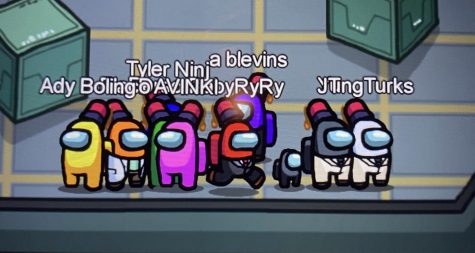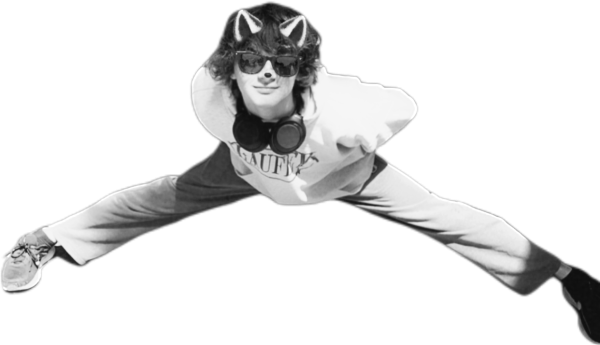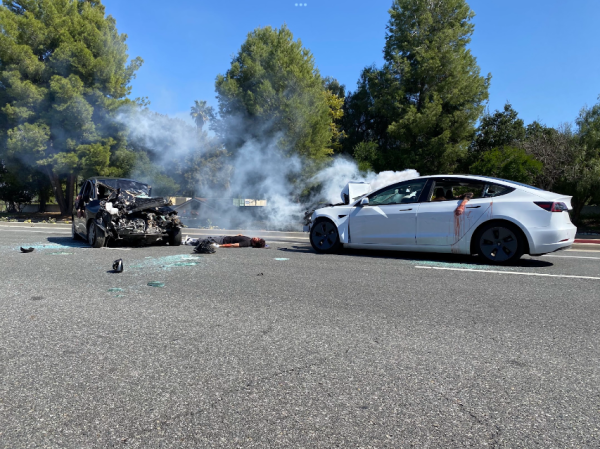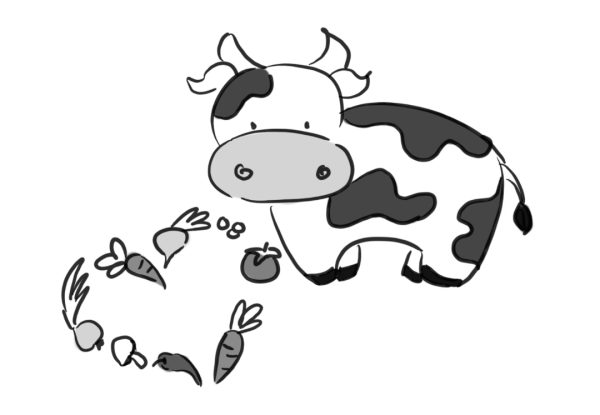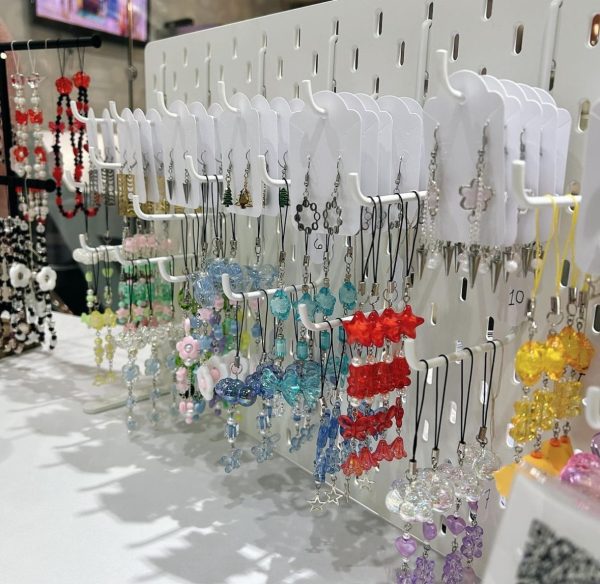The New Smash Bros Is Truly Ultimate
After the surprise announcement of a new entry in the “Super Smash Brothers” franchise during a Nintendo Direct in March of this year, new life was injected into one of Nintendo’s longest-standing and most popular games. This initial hype subsided after a while due to a heated debate between longtime fans over whether or not this new game would be a port of the last “Smash” game for the Wii U/3DS, or an entirely new experience altogether. This debate was ended as soon as Nintendo’s E3 presentation began. This game blew even the wildest of dreams out of the water with the reveal that “Everyone is Here”, meaning that every character who had ever been involved in any of the previous entries of the franchise would be coming back. This announcement and the others that followed, all the way up to the day before the release, landed blow after blow on the rework argument with even more character inclusions and content. All of this just proved more and more why this could very well be the definitive edition of this storied franchise. The ultimate “Super Smash Brothers.”
Despite all of the Isabelles and whistles of the game, one of the greatest achievements of “Ultimate” is how it managed to make every single character feel new and fresh. The combination of the game’s faster mechanics and increased emphasis on offense, alongside the individual reworks of certain moves, make it so that even longtime fans will find something new with older characters. Little changes like the stage morph and hazards-off features, the ability to make all stages have a flat, or a uniform tri-platform layout, and the dramatic freeze-frame on the final knockout, all come together to create a grand crescendo of beauty to support the egregiously large cast of characters. Series director, Masahiro Sakurai, has not only done it again, but he has made the signature element of this game better than ever before.
Beyond the sheer joy that plain old smashing brings, there are a plethora of supporting modes to bring the single player experience found in this game to the next level. Fortunately, “Ultimate” learns from the mistakes of its predecessor and brings back the game’s signature Classic Mode and expands upon it by giving a unique path to each character. These paths match characters with similar abilities against each other or make great references to the source material of the character that you select. While this mode was extremely fun, it not nearly as large in scope as Spirits. Spirits mode is divided up into two sections: Spirits Board and World of Light. Spirits Board is by far the smaller of the two and consists of a board where you can choose from a handful of “Spirit battles.” These battles have special conditions and unique difficulties. This mode is fun and good for two-minute stretches of time, but in the end, it is just an extension of World of Light. World of Light acts as the game’s campaign and has everything to go along with it: a world map, skill tree, branching paths, and an exceptionally climatic last hour of gameplay. However, this last hour comes along with a caveat: World of Light is way too big. There are far too many Spirit battles for this large of a map which makes the mode as a whole drag its feet until it lifts off of the ground and flies for the last hour. After the novelty wears off, all of the references cannot make up for the size. However, this mode is still totally worth playing in its entirety, but the size holds this mode back from being truly great.
In the end, “Super Smash Brothers Ultimate” lives up to and goes beyond all of the hype it built up after its announcement. The core multiplayer aspect is back and greater than ever with an expanded roster and better mechanics, and the single player offerings are far better than its predecessor. “Super Smash Brothers Ultimate” was well worth the wait and is 100% worth your money.
Hello there! Our goal is to provide relavent, engaging journalism for readers of all ages. Your donation will support the student journalists of the Wolfpacket at Claremont High School, and will allow us to purchase equipment, print our monthly issues, and enter in journalism competitions. We appreciate your consideration!

Charlie Warren is a senior at Claremont High School, where he is currently an assistant sports editor with the Wolfpacket. In terms of extracurriculars,...





